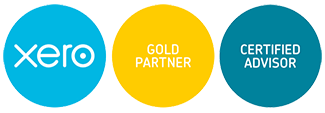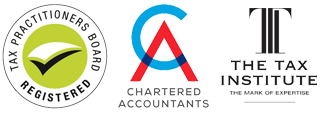Campaign Monitor: the biggest Australian tech company you have never heard of
Article from SMH – John McDuling
Campaign Monitor is not just one of Australia’s most valuable technology companies, it’s arguably the most exciting tech firm this nation has produced. Its software helps companies design and create beautiful looking emails, send them to millions of people, then analyse how successful those emails have been in reaching their targets. It is used by some of the world’s most important companies and best-known consumer brands. Think Apple, Facebook, Nike and Coca-Cola.
Yet Richardson and Greiner are not household names. The business community only sat up and started to take notice about two years ago, when Campaign Monitor shocked both Sydney’s investment community and the Silicon Valley tech scene by pulling off a mammoth $US410 million financing round. Orchestrated by Goldman Sachs, it was the biggest single fundraising for an Australian start-up, if you can call a 13-year-old company with 200-odd staff that.
As part of the deal, Richardson and Greiner sold about half of the company to two top-tier US venture capital firms. Soon after, they stepped away from the day-to-day running of the company, remaining involved in product development and on the board.
The deal valued their business at about $600 million, catapulting the duo into the ranks of the richest Australians.
The Campaign Monitor story has never really been told. Despite being two of Australia’s most exciting entrepreneurs and despite interest in tech start-ups reaching fever pitch, Richardson and Greiner rarely give interviews and haven’t spoken to the press for nearly two years.
“Yes, it’s a conscious thing,” says Richardson of staying out of the spotlight. “The two of us have no particular interest in building a profile or pushing a political agenda.”
In 2000, at the peak of the dotcom bubble and in the final year of their degrees, they started designing websites for family and friends. Fortunately, the work started to pick up and the pair started building websites and intranets for companies of the ilk of Telstra and Foxtel.
The real breakthrough came in 2004. After running some email campaigns for clients and getting frustrated with the existing software on the market, they decided to build their own. At that point, what’s known today as Campaign Monitor was born. Then, and now, their software did essentially the same thing: help firms send out lots of non-spammy emails that look nice. Initially, they focused on ease of use and simplicity. Greiner says that when they launched Campaign Monitor, it took 40 steps to send an email using the most popular tool on the market. Their product involved just four.
Its appeal spread quickly. Within six months, they were making more money from software than they ever had from web design. Within a year, the business had tripled in size. By 2006, barely two years after launch, it had taken hold among big marketing agencies in the US and Europe, and caught the attention of US venture capital funds.
The product – how Campaign Monitor’s software looked and worked – has always been its founders’ main focus.
Greiner and Richardson admit to spending years perfecting small aspects of their software, and say that process never stops. They are constantly testing, tweaking and making improvements to it.
Regardless, their blend of passion for the product and relaxed attitudes towards life looks to be paying off. Campaign Monitor claims today to have 2 million customers in 151,000 businesses across 186 countries. It has amassed much of this customer base with no sales force, relying on word-of-mouth for its viral growth. Richardson and Greiner wagered that as long as their product was excellent, it would effectively sell itself. And they were right.
In Campaign Monitor’s Sydney offices, the meeting rooms are named after Californian surf breaks. The company’s core values are emblazoned across the walls. “Make Mum Proud”, “Do Less But do it Best”, “If our customers kick ass, we will too”. You could dismiss all of this as start-up excess. Or you could view it as a statement of intent. Campaign Monitor is determined to realise its potential and become the nation’s next multibillion-dollar tech company – or go down swinging in the attempt. If Australia really wants to promote a culture of risk-taking and ideas, that’s exactly the way it should be.
What do you need to do to take your business to the next level?
Contact your Business Manager.


